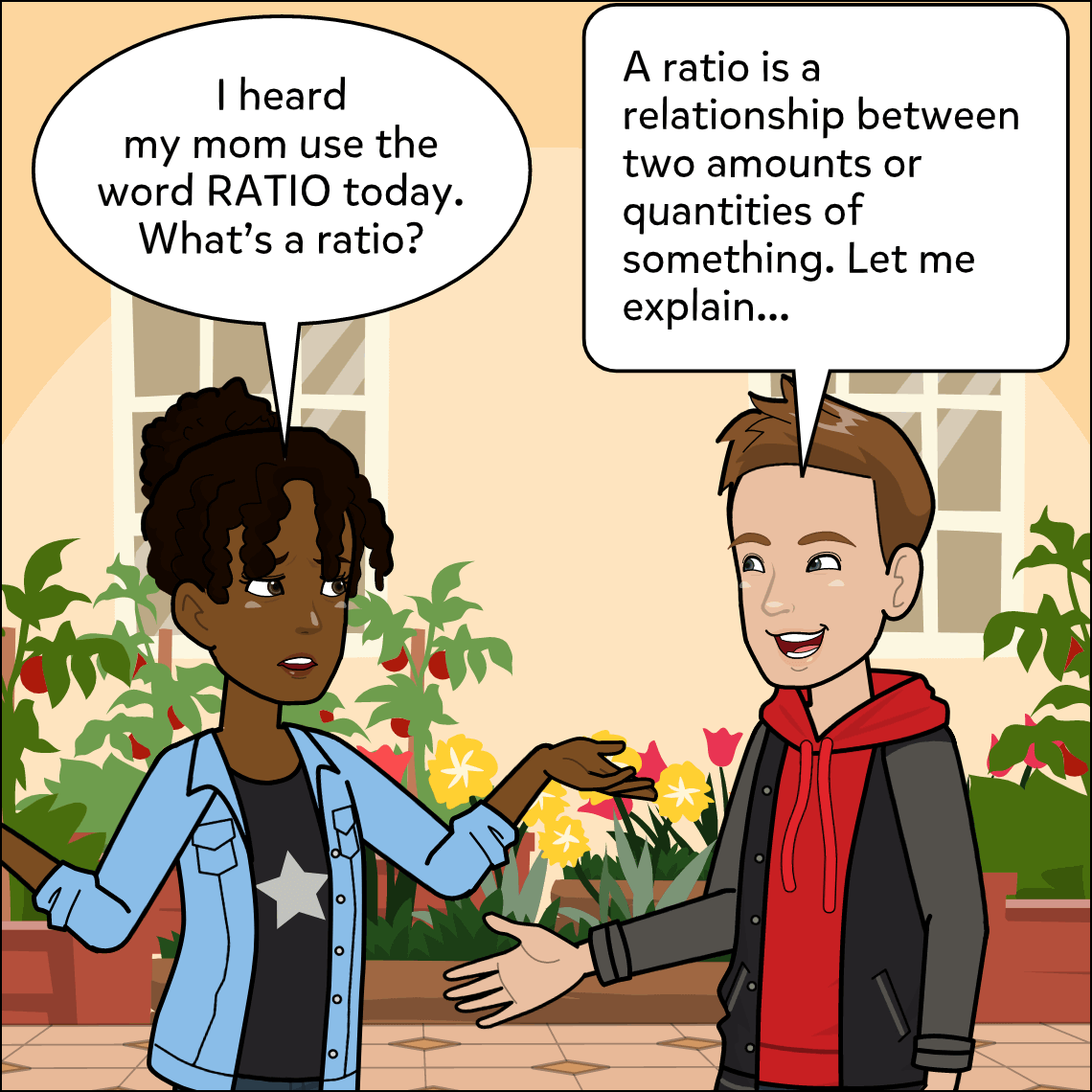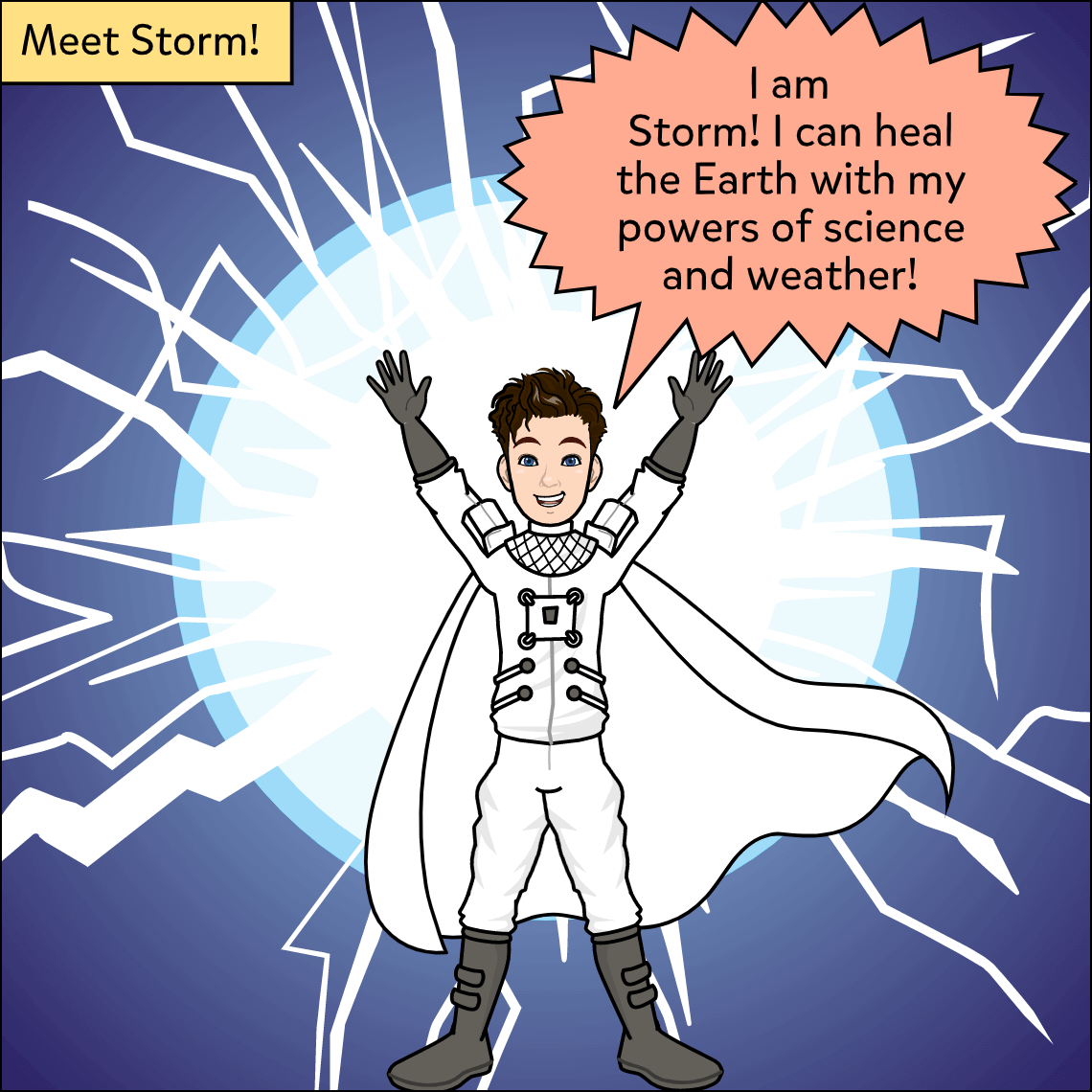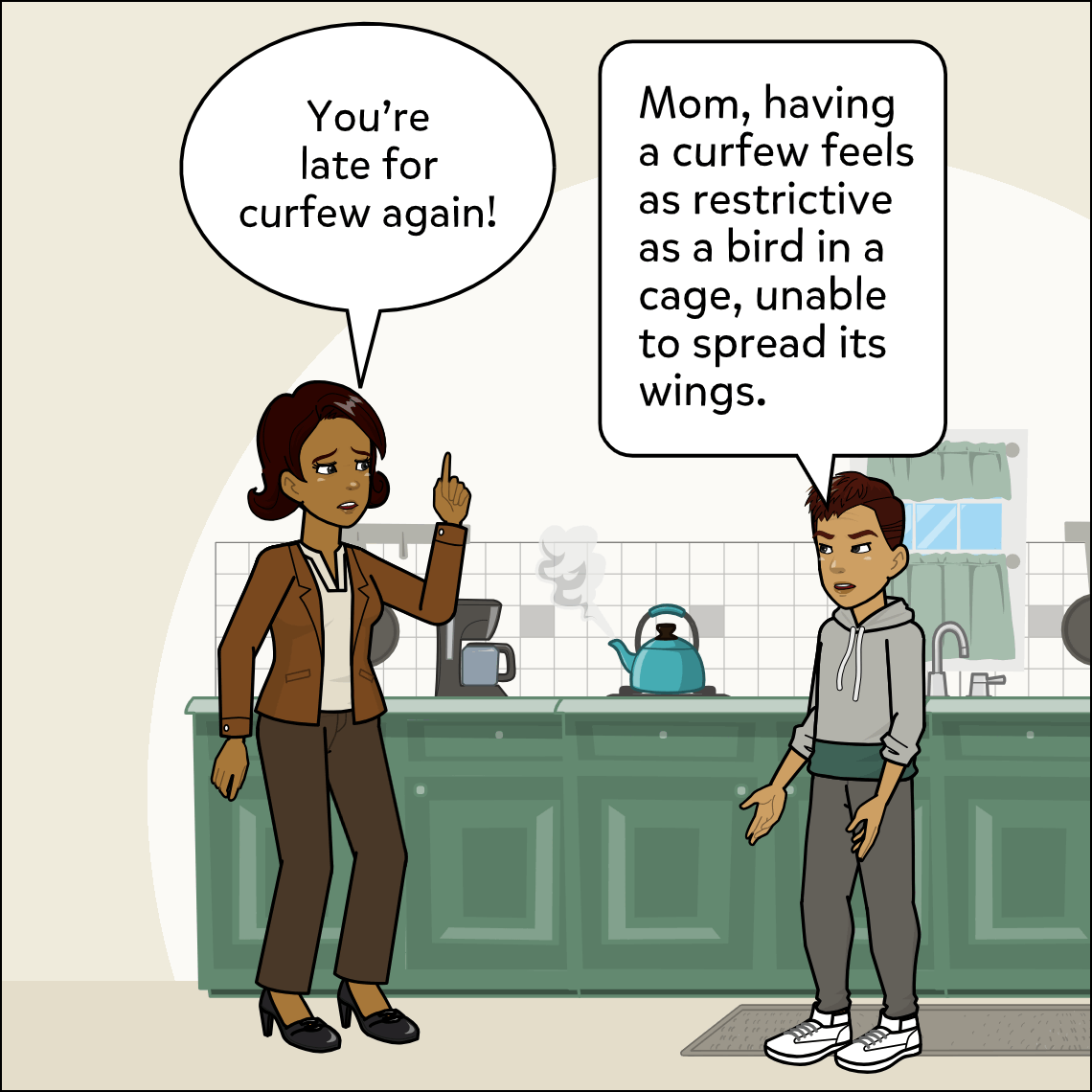Subject: World Languages
Lesson Length: 45 mins - 1 hour
Topic: Culture, Communication, Comparisons, Expression, Poetry, Language
Grade Level: 10, 11, 12, 4, 5, 6, 7, 8, 9
Standards / Framework:
Brief Description: Students will interpret and analyze a poem written in the target language for cultural understanding.
Know Before You Start:
- Students should be able to identify aspects of culture, including language conventions that may be used in poetry.
- Students should know basic facts about different cultures, including cultures where the target language is spoken.
- Students should have target language knowledge sufficient for interpreting an appropriate-level poem.
Hook:
- Ask students:
- “How can we learn about a poet’s perspective through their poetry?”
- “What makes poetry a special kind of writing?”
- “What skills can we use to interpret a poem written in a different language?”
Activity:
- As a class, have students share a poem that they know in English.
- Have students analyze what that poem means and how its origins reflect a cultural background, e.g., “Twinkle Twinkle Little Star” reflects curiosity and wonder.
- Have students explore a poem in the target language.
- Using the sample comic as a guide, have students create a comic that explains the meaning of the poem and its cultural relevance.
Closure:
- Have students share their comics with the class or in small groups.
- Have students explain why they chose the poem featured in their comic.
- Discuss other things that can be learned about culture through poetry.
- Emphasize that poetry often uses figurative language that allows us to get a different perspective.
Differentiation:
- Allow students to use the speech-to-text feature.
- Allow students to work in pairs or groups as needed.
- Allow students to use the voiceover feature to read their comics aloud.
- Students may need assistance interpreting or analyzing a poem, especially if it uses figurative language.
- Allow students to use digital dictionaries/translators as appropriate for your class policy.
Resources:
- Comic to print or display: Comic.
- T-Chart
- Main Idea Web
 Native American Heritage
Native American Heritage
 Filipino-American Heritage
Filipino-American Heritage
 Hispanic Heritage
Hispanic Heritage
 Asian Pacific American Heritage
Asian Pacific American Heritage
 Italian-American Heritage
Italian-American Heritage
 Shabbat
Shabbat


